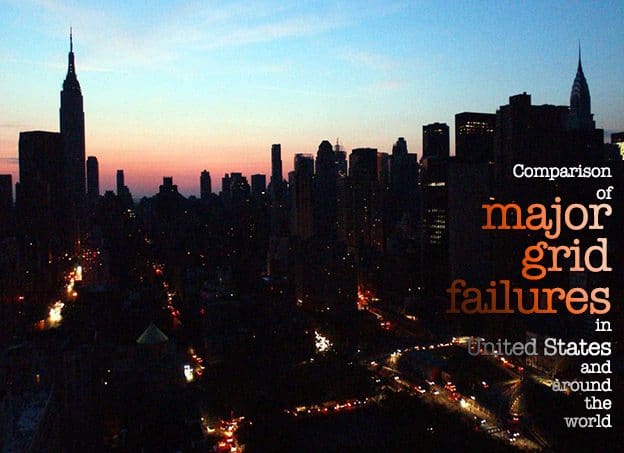- May 20, 2009
- 144,421
- 66,810
- 2,330
Lame. Facts inconvenientJo Nova is hardly a credible source.Did you know you cant restart the grid with just wind energy? I didnt....most likely the residents didnt either.
The South Australian black out — A grid on the edge. There were warnings that renewables made it vulnerable « JoNova
The Warmers will huff and puff and force the grid back up








